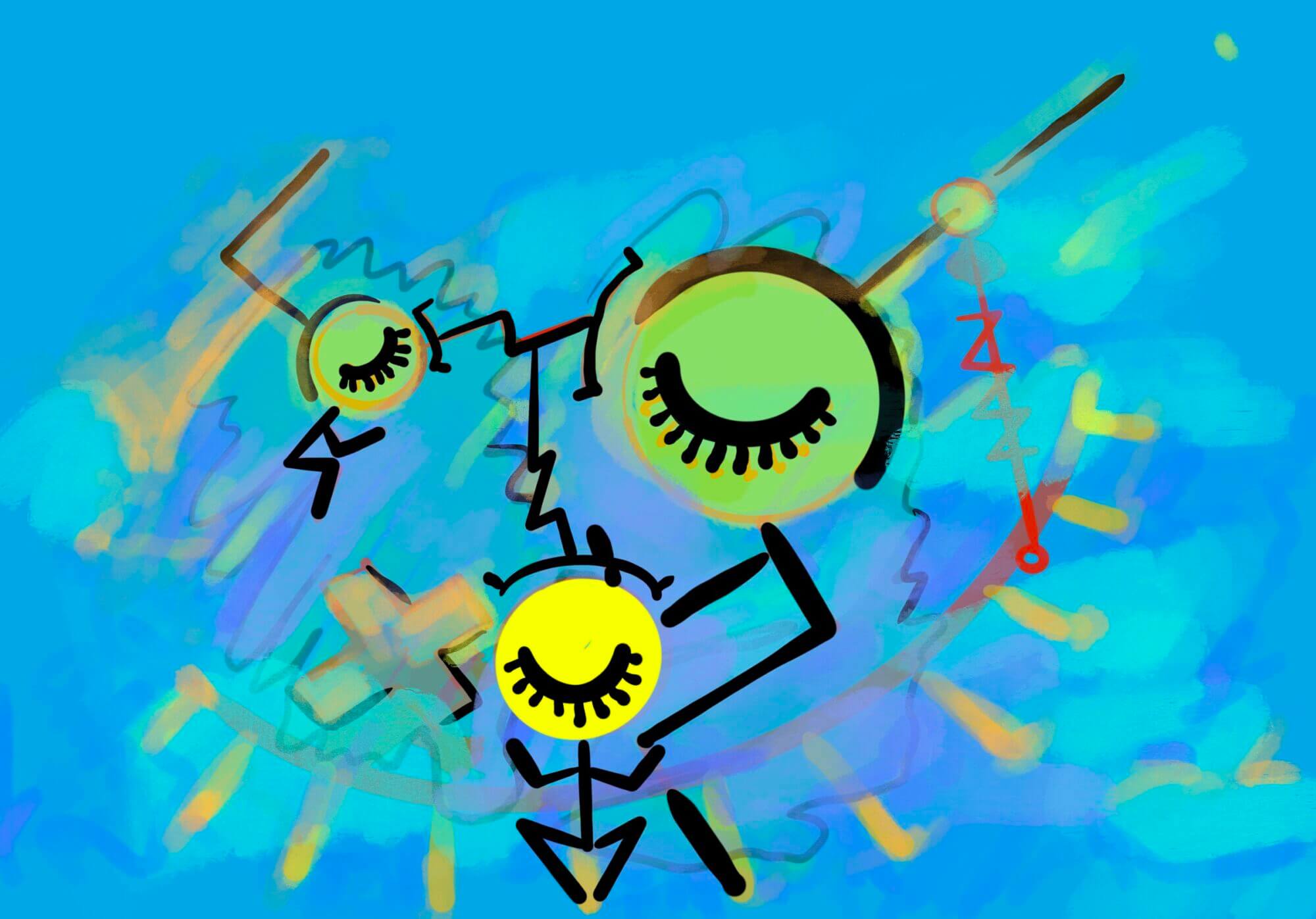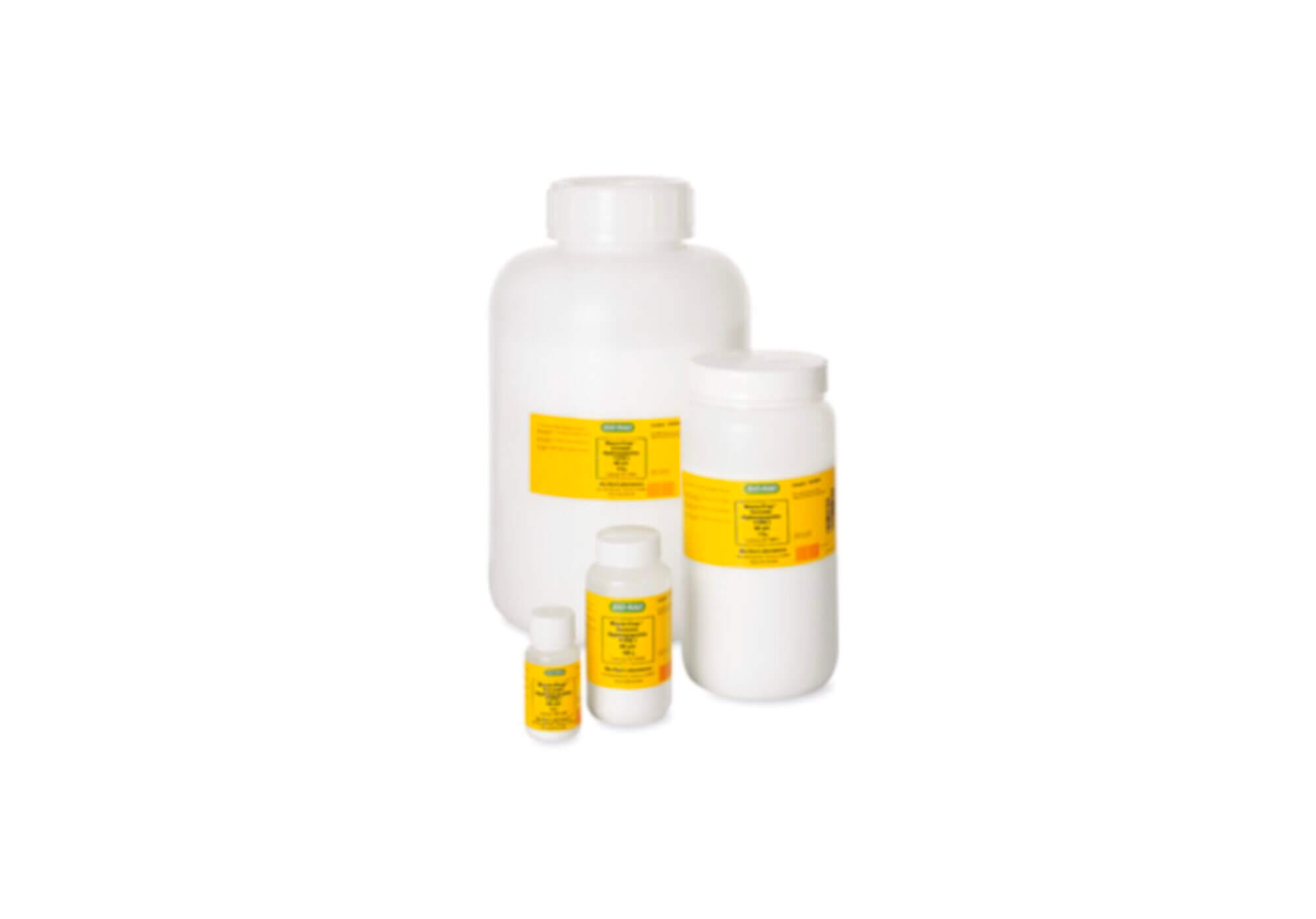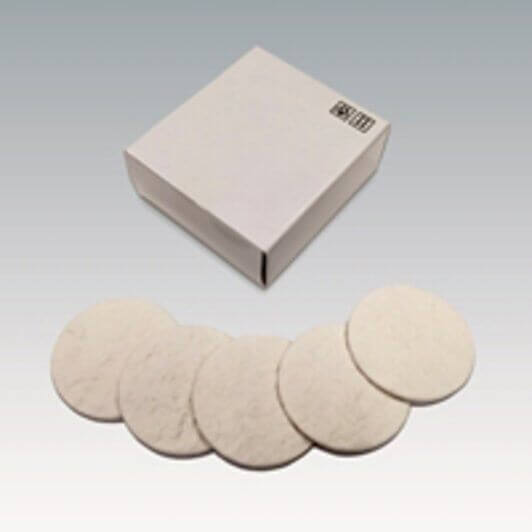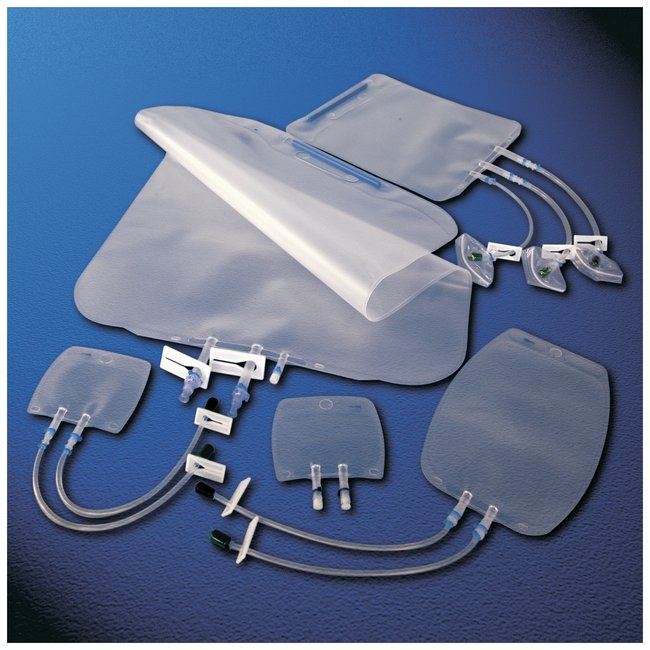タグ: purification
-
[rAAV] 特許 0010468 – rAAV vector精製 – アパタイト・クロマト精製法 (レジメ)- ID13457
Post Views: 715 METHODS FOR PURIFICATION OF RECOMBINANT…
投稿者

-
[Bio-Edu] 沈殿化法によるタンパク質の回収・分離 – 検討方法 – ID4376 [2025/04/21]
Post Views: 911 はじめに Ribonuclease Aのアセントン沈殿の条件検討につい、学生さ…
投稿者

-
[Data Link] バイオロジクス – ろ過膜の基礎知識 (AsahiKASEI) – ID11483 [2020/03/06]
Post Views: 728 膜の基礎知識 膜ろ過の方式 膜の基礎知識 – AsahiKASEI…
投稿者

-
[Bio-Material] ポリッシング用精製担体 – CHT (セラミック・ハイドロキシアパタイト)とは、BIO-RAD – ID9865
Post Views: 689 CHTについて BIO-RAD製品 通常は、針状結晶で脆い結晶性ハイドロキシア…
投稿者

-
[Bio-Material] バイオロジクス・3Mの清澄ろ過膜 – Zeta Plus – □ID9266 [2020/02/12]
Post Views: 645 https://www.3mcompany.jp/3M/ja_JP/compa…
投稿者

-
[Bio-Lab] Empty Column, PD-10/自分で充填するスペシャルなPD-10カラムの使い方 – Rapid Purification – カラム精製システムは不要 – ID8584
Post Views: 834 安価にカラム精製を行う Mr.HARIKIRIからお届けするPD-10 Emp…
投稿者

-
[Bio-Process] Polishing Process of mAb purification [2020/02/01]
Post Views: 642 Polishing (高度精製) 目的 一般的な高度精製は、陰イオンと陽イオン…
投稿者

-
[Bio-Process] Low pH Virus Inactivation
Post Views: 569 Bio-Process Low pH Virus Inactivation P…
投稿者

-
気になる企業 – Bia Separations – バイオ医薬品開発で次世代モダリティーに適用を提案するモノリス・カラム製品 – mRNAやAAV精製 [2020/09/20]
Post Views: 611 BIA Separations 次世代モダリティ医薬品 次世代のバイオ医薬品と…
投稿者

-
[Bio-Edu] IgGの精製はProtein Aに対する親和性を利用する – 溶出バッファは何を使う? – ID7074 [2021/02/04]
Post Views: 660 IgGの精製 IgGという蛋白質は、Protein Aという蛋白質に対して強い…
投稿者









